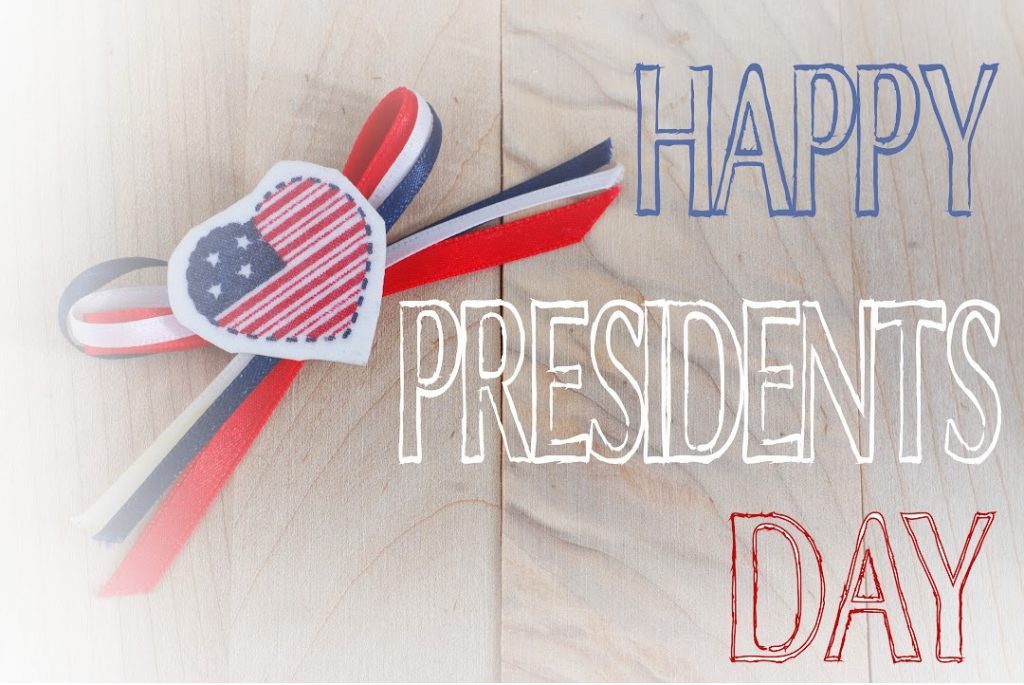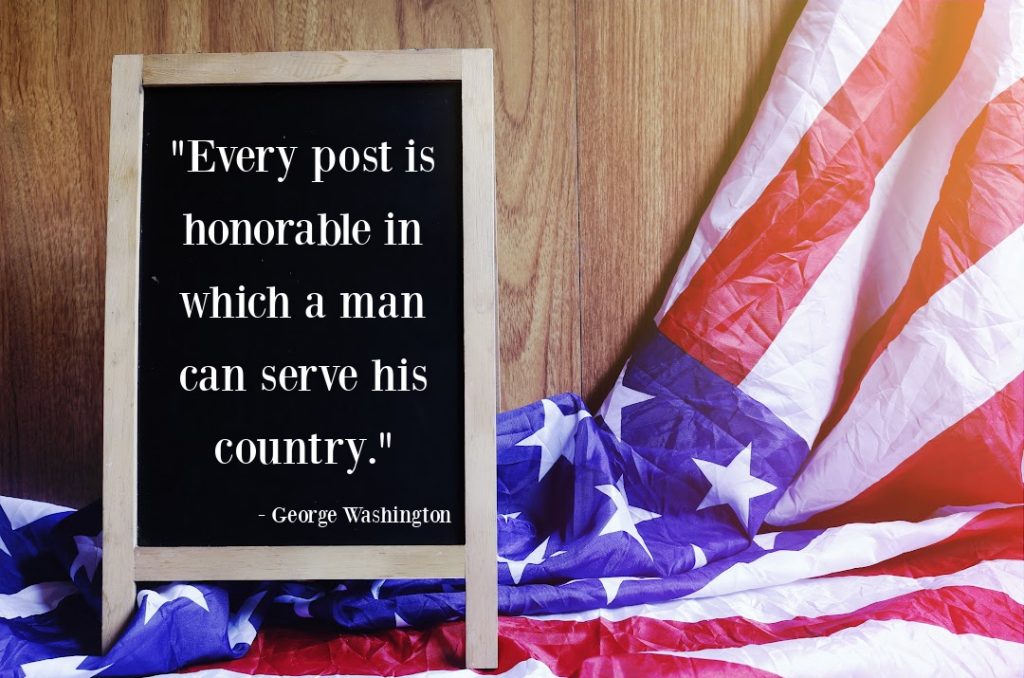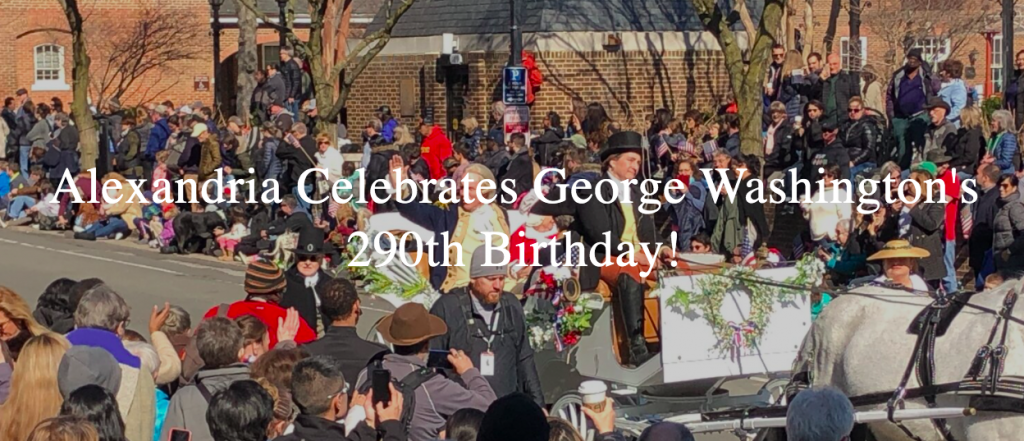My content here on the blog has been a little on the heavier/more serious side of late, so I wanted to lighten things up today with some fun trivia for this holiday Monday.
As all of us who have the day off of work or school (or have benefitted from some great Holiday weekend deals) know, today—the third Monday in February—is Presidents’ Day here in the United States. The purpose for this “token” holiday appears to be in the name, but what is Presidents’ Day really all about? I wanted to find out for myself, and the teacher in me couldn’t wait to share my findings with you. Here’s a look at what I’ve learned.

The History of Presidents’ Day
The story of Presidents’ Day goes back to our first president, George Washington. Americans began celebrating his February 22 birthday just months after his death in 1799. Washington’s birthday became more than an unofficial observance in 1879 when President Rutherford B. Hayes named February 22 a federal holiday. The holiday initially only applied to the District of Columbia, but it was expanded to the whole country six years later, making it the fifth nationally recognized federal bank holiday (in addition to Christmas, New Year’s Day, the Fourth of July, and Thanksgiving) and the first holiday dedicated to an individual American.
Interestingly, neither Congress nor the President has ever declared Washington’s birthday as a national holiday that is binding in all states; each state has the freedom to determine its own legal holidays, which has led to some calendar discrepancies regarding this holiday’s date. There are also discrepancies with the name: the various states use 15 different names (among them Washington’s Birthday and President’s Day and, for all of you Californians, “The Third Monday in February“).
The multi-named holiday was celebrated on February 22 until the late 1960s, when the Uniform Monday Holiday Act sought to shift the celebration of several federal holidays from specific dates to a series of predetermined Mondays, which would create more three-day weekends, reduce worker absenteeism, and bolster retail sales. The Act, which took effect in 1971, made a provision to combine the celebrations of Washington and Abraham Lincoln’s birthdays. The shift is not only practical, but as one website states, it “helps us to reflect on not just the first president, but also the founding of our nation, its values, and what Washington calls in his Farewell Address the ‘beloved Constitution and union, as received from the Founders.'” Today, George Washington’s Birthday/Presidents’ Day is one of only eleven holidays established by Congress.
Presidents’ Day Celebrations
+ Since 1862 it has been a tradition for the United States Senate to honor Washington’s Birthday with a reading of George Washington’s Farewell Address in a legislative session.
+ Although the story of young Washington chopping down his father’s cherry tree is a myth, cherry pie remains a food traditionally associated with the holiday.
+ In 1932 the date was used to reinstate the purple heart to honor soldiers killed or wounded while serving in the armed forces.
+ Washington’s adopted hometown of Alexandria, Virginia, lays claim to the nation’s longest-running and largest George Washington Birthday parade and festival. This year’s festivities will include a “cherry challenge” cooking competition among Alexandria’s restaurants, a hot chocolate hangout with George Washington himself, and a sleuthing Hunt for Washington game. (How fun is this?!)
More About George Washington
+ Although we celebrate his birthday as February 22, George Washington’s actual date of birth was February 11, 1731. Why the discrepancy? Washington was born when the Julian calendar was in use. During his lifetime, Great Britain and America switched to using the Gregorian calendar, and as a result people born before 1752 were told to add 11 days to their birth dates. Those with birthdays between January 1 and March 25 were also told to add one year to sync with the new calendar. By the time Washington became president in 1789, he had listed February 22, 1732, as his date of birth.
+ Washington’s formal schooling ended when he was just 11 years old. After the death of his father, Washington (the oldest of six children from his father’s second family) was expected to help his mother run their tobacco farm, and at age 16 he took up his first job as a land surveyor.
+ Washington was married to his wife Martha for forty years, but they had no biological children together.
+ Contrary to myth, Washington’s dentures were not made of wood but of human teeth, pulled from the mouths of the poor and his enslaved workers. They also came from ivory, cow teeth, and lead.
+ Washington had several close calls with death: at points in his life he had diphtheria, tuberculosis, smallpox, malaria, dysentery, Quinsy, carbuncle, and pneumonia. He survived a near drowning in an ice-clogged river; the burning and massacre of Fort Necessity; and having two horses being shot out from under him and four bullets passing close enough to pierce his clothing during a single battle. Ultimately, he died of a throat infection at the age of 67.
+ Among scholars and historians, George Washington is generally ranked as one of our highest rated presidents (along with Abraham Lincoln and Franklin D. Roosevelt).

I hope that you enjoy this day honoring a remarkable man and this great nation he helped to form.
